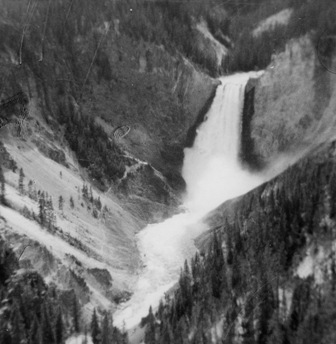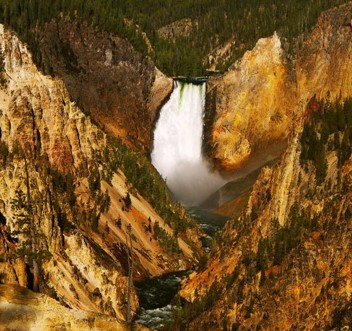The Beginning
03-01-2017
Writer(s): Dan Shepardson
I welcome you to the inaugural Visualizing Nature Blog. I am excited about starting this blog for the purpose of promoting public understanding and appreciation of nature. For each blog I will integrate nature photography and natural history as a means to focus on a specific plant or animal species, to spotlight a national, state, or local natural area, to provide nature photograph tips and techniques, plus many more topics important to the enjoyment, protection, and preservation of nature.


For me, the beginning of my interest in nature and nature photography grew from my first trip to Yellowstone. I will never forget that trip. My parents packed up the Ford one July morning, put my sister and me in the backseat, gave us each a black and white instamatic camera, and off we went. We stopped at Badlands National Monument (today it is a National Park), Wind Cave National Park (where I later became a seasonal park ranger), and Mount Rushmore along the way. I was thrilled by these places, but it was Yellowstone that left an impression, that left me in awe of nature. My senses were overwhelmed by the natural and rugged beauty of the place, as they are today. I took many photos of geysers, wildlife, and geological phenomena on that trip, as I do today. I believe it was this experience, this place called Yellowstone that instilled in me an appreciation of natural places and a life-long interest in experiencing, exploring, photographing, and learning about them.
Photography and the arts have long played an important role in educating individuals about nature and promoting the preservation and protection of natural places. I trace this back to the establishment of Yellowstone National Park. It was the work of a famous landscape photographer, William Henry Jackson, and an artist, Thomas Moran, that gave meaning to Yellowstone through their photographs and paintings. Moran's colorful paintings created stunning visual images of Yellowstone that captured the hearts and minds of the public. Jackson's glass plates captured spectacular images of geysers, hot springs, and the terraces of Mammoth Hot Spring, which became the first photographic images of Yellowstone to be seen by the public. The work of Jackson and Moran helped convinced Congress to protect the Yellowstone area, and so on March 1, 1872, President Ulysses S. Grant signed the "Yellowstone Park and Protection Act" creating Yellowstone National Park. Thus, demonstrating the importance of photography, and the arts, in preserving and protecting our natural places.
More recently, it was the photographic work of Ansel Adams that gave meaning to many of our national parks and natural places, introducing the public to places they had never seen or experienced. Adams, through his photographic techniques, advanced the role of landscape photography in promoting the publics' understanding of the natural world and the need to preserve and protect natural places. His personal experiences in Yosemite, and with other natural places, informed his photography. It allowed him to see and capture the essences of nature in a way that represented and communicated its beauty, uniqueness, and importance. His work exemplifies how the photographic image can touch an individual's mind and emotions, connecting them to nature. He is remembered and recognized for his contributions to the preservation and protection of our natural places.
I have created the Visualizing Nature website in an effort to build on the power of the photographic image to convey a visual perception of nature; to represent and communicate the natural world. The website draws from the inherent appeal and popularity that individuals have toward photographs. I use nature photography and natural history text to create a visual means to storytelling that supports the preservation and protection of our natural places. If you wish to learn more about the Visualizing Nature project go to https://www.eaps.purdue.edu/research/visualizing-nature/about/index.html
About photos: My photos of the Lower Falls, July, 1964 and July, 2010, look similar with the exception of the amount of water flowing over the falls.